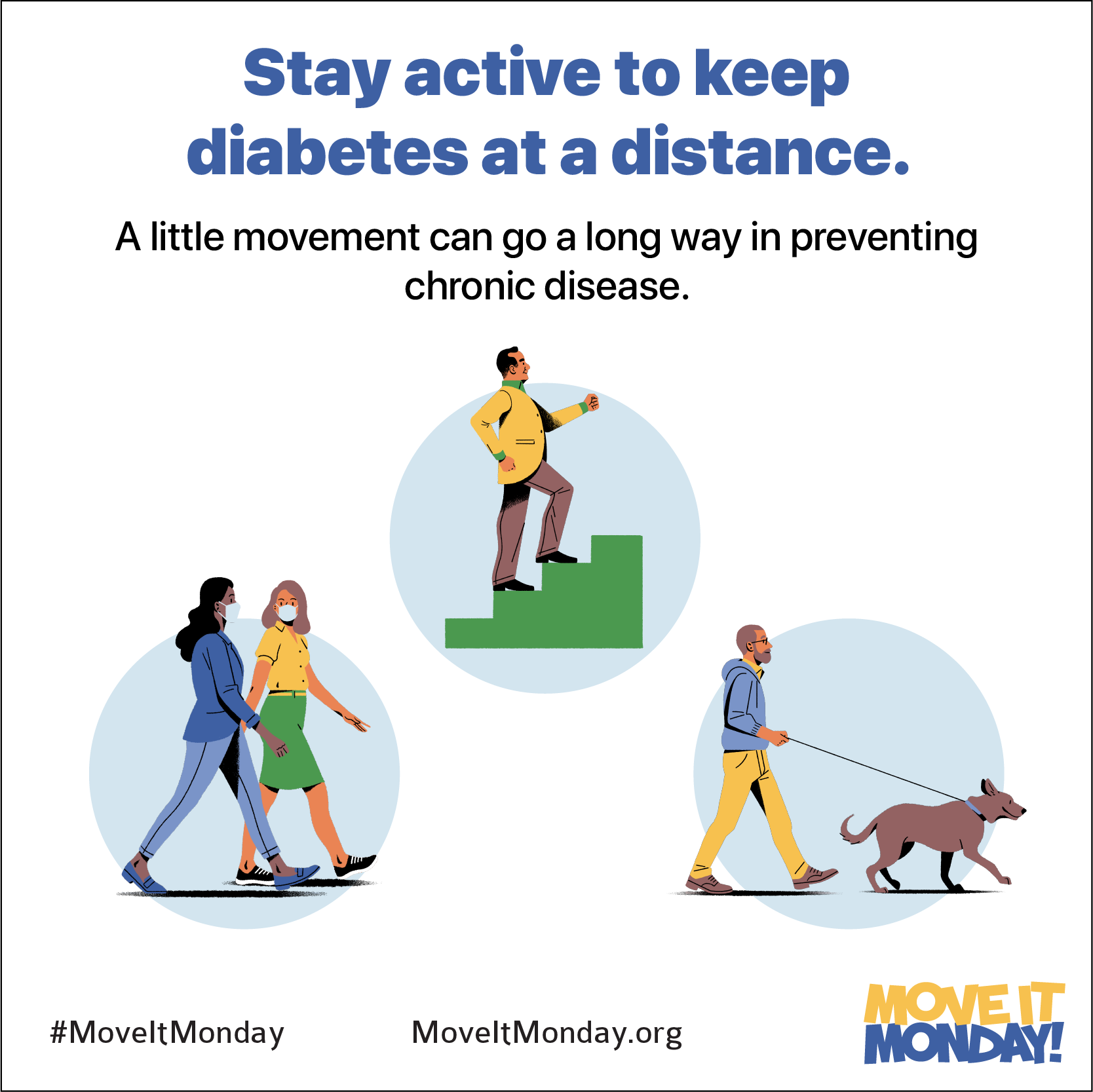A Little Exercise Can Lead to More Healthy Behaviors
A combination of healthy eating and moderate physical activity can help reduce the risk of developing chronic illnesses like type 2 diabetes, heart disease, and certain cancers. But switching up your diet and getting more exercise are easier said than done. Many of us simply don’t have the time or energy to commit to a completely new diet or fitness regimen.
Fortunately, you don’t have to reorganize your life to protect yourself from the onset of chronic diseases.
In his book, Healthy at Last, Brooklyn Borough President and New York City Mayoral nominee Eric Adams explains how he was able to reverse his prediabetes diagnosis by increasing his amount of weekly exercise and switching to a diet consisting of mostly whole foods and plant-based ingredients. Adams emphasizes that diet and exercise are two sides of the same coin, and that being physically active can impact other areas of your life and increase your likelihood of adopting additional healthy behaviors.
But how much exercise do you need to reduce your risk of developing chronic diseases?
According to the Physical Activity Guidelines for Americans, adults should get between 150-300 minutes of moderate physical activity each week. Adams, a busy man himself, suggests fitting in bouts of exercise throughout the day and taking any opportunity to get in extra steps or a quick workout.
This Monday, use Eric Adams’s helpful suggestions from Healthy at Last to add some more physical activity into your weekly routine.
Walk During a Lunch Break
Exercising doing your lunch hour not only adds to your daily step count, but it can also have positive effects on your energy and focus and help you reduce stress.
Take the Stairs
It might seem like a small step, but taking the stairs is a simple way to strengthen your leg muscles, build better balance, and burn calories. Even if you’re no longer working in an office building, using the stairs in your house, apartment building, or local park can help you bolster your overall level of fitness.
Multi-task
Multi-tasking can improve your efficiency and help you check off your to-do list. Incorporating short bursts of exercise into your daily routine can save you time and help you reach your weekly fitness goals. The next time you’re brewing coffee or brushing your teeth, consider adding in a quick set of squats, calf raises, or counter pushups.
Park a Distance from the Store Entrance
All physical activity is significant, even walking from your car to the store entrance. Pick up some extra steps by parking far away from the store or supermarket. If you do this every time you leave the house, you’ll be sure to add a mile or two to your weekly step count.
Make Your Pet Happy and Go for an Extra-long Walk
Walking the dog is the perfect excuse to get outdoors, and results from a large-scale study show that dog owners are four times more likely to meet daily physical activity guidelines than non-dog owners. Well, what if you don’t have a dog? Easy, ask a neighbor or friend for some personal time with their pup. It’s a lot more fun walking around the neighborhood or park with a furry companion.
